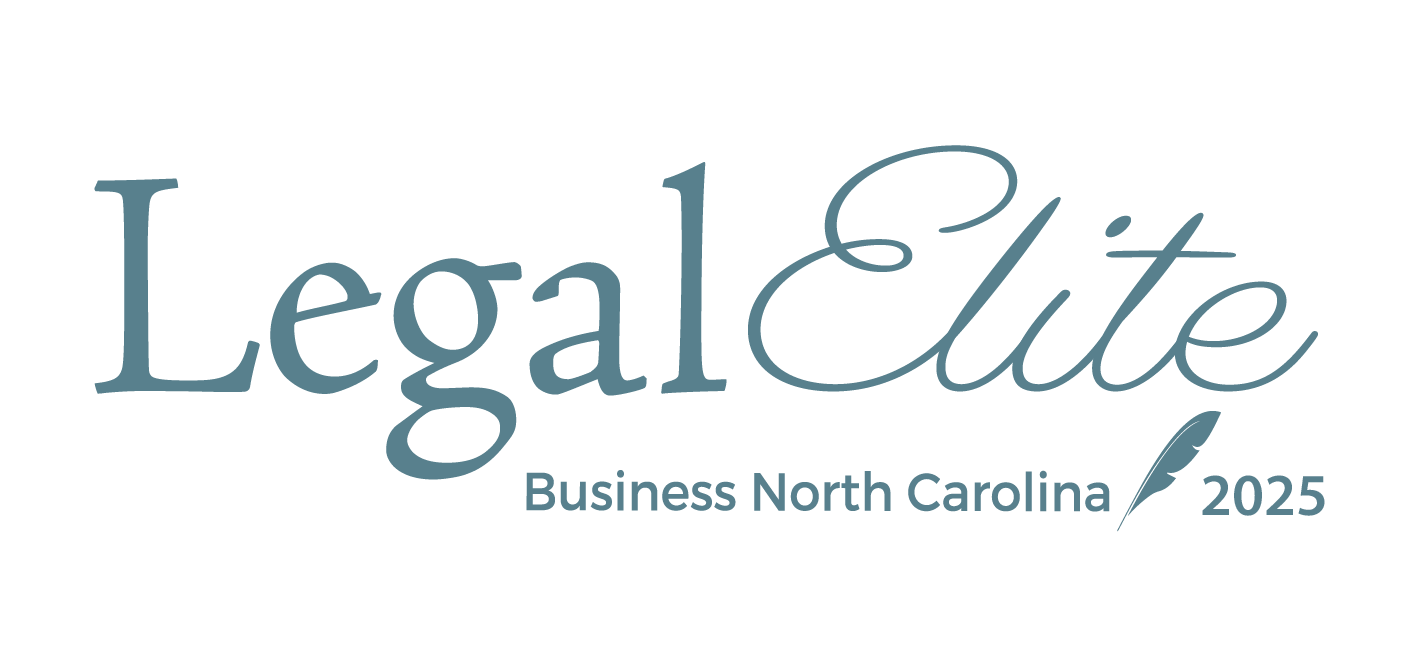Few aspects of the healthcare regulatory apparatus evoke more confusion and dread for healthcare practitioners than the National Practitioner Data Bank (NPDB or Data Bank).
Being reported to the Data Bank is often regarded as a tragedy to be avoided at all costs. While it is true that no report to the Data Bank is good for the individual being reported, there are things that can be done to manage a report to the Data Bank.
Understanding the National Practitioner Data Bank (NPDB)
The NPDB is a repository of reports about actions taken against healthcare practitioners, providers, and suppliers. It was first authorized by the Healthcare Quality Improvement Act of 1986, the federal law that protects entities from liability for peer review decisions made in accordance with the procedures set forth in the law. A main goal of the NPDB is to prevent practitioners from moving from one location to another without disclosing adverse events. The Data Bank opened for business on September 1, 1990. It was transitioned to the internet in 1999.
Reporting Entities and Information in the Data Bank
Entities such as hospitals, health plans, state licensing boards, medical malpractice claims payers, and some others are required or permitted to submit reports to the NPDB, and those entities must or may query the Data Bank for information useful in licensing, credentialing, and hiring decisions. Information in the Data Bank includes Adverse Action Reports (licensing, certification, clinical privileges), Medical Malpractice Payment Reports, and Judgment or Conviction Reports. Positive information and credentials are not included.
The North Carolina Medical Board (the "NCMB") and the North Carolina Board of Nursing (the "NCBON") are examples of state licensing boards that are required to report adverse actions to the Data Bank. The NCBON and all other nursing boards in the United States report their adverse actions to the nationally coordinated licensure system, Nursys®. Nursys® is then the reporter to the Data Bank. The NCMB reports its adverse actions directly to the Data Bank.
There are few laws and administrative code rules governing the Data Bank, but the contractor operating the Data Bank has published an extensive Guidebook. Interestingly, the United States Department of Health and Human Services and its Health Resources & Services Administration do not "endorse" the Guidebook and have not "formally approved" it. Nevertheless, the Guidebook is widely viewed as authoritative and is generally closely followed by reporters at the Data Bank. The NPDB also has on its website many helpful infographics and videos.
Navigating NPDB Reports
NPDB reports are somewhat analogous to credit reports. Credit reports contain a variety of information about a person's credit history, good, bad, and indifferent. NPDB reports contain information that might negatively impact a credentialing decision about a healthcare professional.
Under federal law, you are entitled to see the information about you in each, to make sure the information is accurate and dispute information you think is inaccurate, and to add a statement to your file (a broader right with the NPDB than with a credit report). Neither your credit report nor your NPDB report is available to the public, but both are available to authorized users.
Like a credit report, the NPDB does not contain the legal documents underlying the action reported and is not a forum by which the underlying action is decided. It merely contains reports of the underlying action. The NPDB has no analog to a credit score – querying entities are supposed to consider the underlying actions reported in the Data Bank, not rely simply on the existence of reports or a system of scoring reports.
Managing Your NPDB Profile
So, what are some steps you can take to manage your NPDB profile? First, run the occasional self-query to see what, if anything, is in the Data Bank about you. The current fee is $3, and a self-query can be performed at the NPDB website. Second, if there is something reported, correctly or incorrectly, you are entitled to add your own side of the story to the report (presently, up to 4000 characters). Third, if there are inaccuracies in the report, you can, and usually should, request the reporting entity to correct the error. If the reporting entity refuses, the NPDB has a process by which to dispute a report (the underlying action cannot be disputed via the NPDB, but the reporting of the action can be).
Disputing an NPDB Report
In order to dispute a report, the NPDB, as part of its process, requires proof that the healthcare practitioner requested and was denied a correction by the reporting entity. In their review, if the NPDB agrees that the report is in error, they will request the reporting entity correct and even void the report. Recently, the professional licensing team at Ward and Smith, P.A. successfully obtained from the NPDB the voiding of a report by a licensing board.
If a healthcare practitioner finds they have an issue with their NPDB profile, experienced counsel can help.








